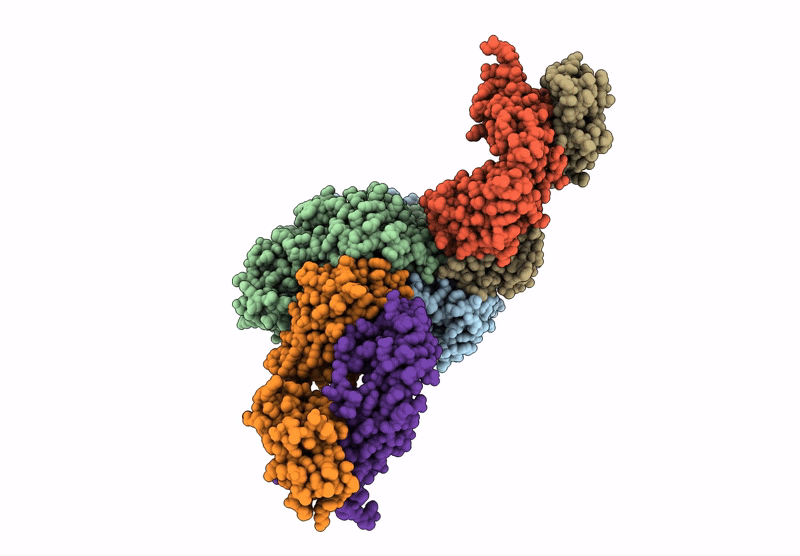
Deposition Date
2021-03-09
Release Date
2024-10-30
Last Version Date
2025-07-16
Entry Detail
PDB ID:
7LZ6
Keywords:
Title:
The Cryo-EM structure of a complex between GAD65 and b96.11 Fab
Biological Source:
Source Organism:
Homo sapiens (Taxon ID: 9606)
Host Organism:
Method Details:
Experimental Method:
Resolution:
7.30 Å
Aggregation State:
PARTICLE
Reconstruction Method:
SINGLE PARTICLE


